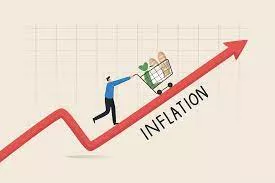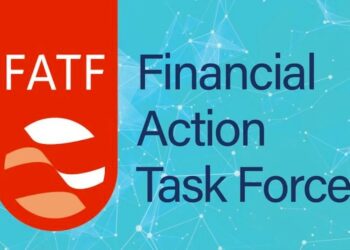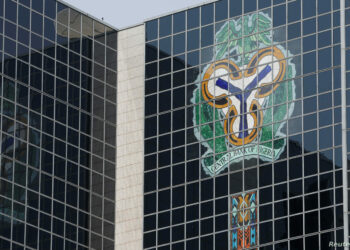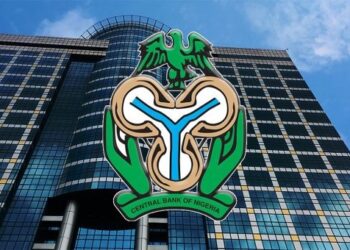The Monetary Policy Committee (MPC) of the Central Bank of Nigeria (CBN) rose from its first meeting after the appointment of Dr Olayemi Cardoso as the governor taking a decisive action to fight the nearly galloping inflation in the country.
The decision to tighten came against the backdrop of high inflationary trend which has so far risen to the highest level since return to democracy in 1999. Although Cardoso is looking to achieve a 21 per cent inflation by the end of the year, CBN’s staff project that inflation would remain elevated in the near-term amid persisting exchange rate pressure, rising energy cost, and enduring fiscal imbalances.
Inflation which started out last year at 21.82 per cent has consistently risen to 29.9 per cent with food inflation nearing the 40 per cent mark. Rising from the meeting, the committee raised the Monetary Policy Rate (MPR) by 400 basis points to 22.75 percent from 18.75 percent.
Also, the asymmetric corridor around the MPR was adjusted to +100 to -700 from +100 to -300 basis points, with the Cash Reserve Ratio (CRR) raised to 45 per cent while the liquidity ratio was left unchanged at 30 percent.
Cardoso emphasised the committee’s recognition of the structural aspects of inflationary pressure, particularly the adverse effects of insecurity on food productivity, and the infrastructure deficit. He also underscored the necessity for collaboration with the fiscal authorities to address these challenges effectively.
Commenting, the managing director and chief executive of Arthur Steven Asset Management Limited, Mr Olatunde Amolegbe, noted that “it is clear the MPC has decided to attack inflation aggressively by reducing liquidity through raising interest rates as well as limiting credit within the system.
“Increasing MPR by 400 basis point is unprecedented and it is a show of intent. Hopefully, this leads to increased inflow of foreing exchange through FPIs and also redirect liquidity that would ordinarily be chasing forex speculation. This could lead to further stability in the forex market. On the other hand, higher MPR could me higher borrowing cost for corporates that are already carrying significant forex revaluation losses.
“The possibility of increased loan defaults and rising NPL could result for banks. For the equities market, there is likely to be a significant price correction as investors looks toward the fixed income market.”
Analysts at Cordros Research noted that the rate hike indicates the apex bank’s commitment to ensuring price stability and managing inflation expectations in the near term. “While we acknowledge the Committee’s tight monetary stance to address the elevated inflationary pressures, we think the Committee will likely opt for a “hold” decision at its next policy meeting to allow the current adjustments to permeate the economy while awaiting additional macroeconomic data to inform future actions.”
To analysts at Agusto & Co, tighter monetary conditions typically mean lower access to credit at higher costs. The response from Nigerian banks has been a 300-500 bps increase in lending rates (which is pegged to the MPR). Businesses and consumers may face difficulties obtaining loans due to tighter lending conditions, potentially dampening economic activity and investment.
“Existing borrowers, many of whom are already grappling with rising production costs, threatening their viability and competitiveness, are likely to see their loan repayments increase, putting additional strain on their finances and potentially leading to defaults. The disclosure by the Manufacturers Association of Nigeria (MAN) that, 767 manufacturers ceased operations, and 335 faced distress in 2023 is particularly worrying.
“This trend can be traced largely to exchange rate instability, escalating inflation, and broader economic challenges that have led to a significant deterioration in Nigeria’s investment landscape. Foreseeably, heightened borrowing costs are poised to exert additional pressure on the sector, exacerbating the accumulation of unsold finished products, which surged to ₦350 billion in 2023. This scenario unfolds against a backdrop of weakened consumption, as inflation bites deep, eroding purchasing power and squeezing household budgets.”
The new CRR threshold places Nigeria far above its regional peers (South Africa: 2.5%, Kenya: 4.3% and Ghana: 15%). While Mr. Cardoso, at the investor call, committed to a gradual CRR mop-up so as not to shock the system, we believe that banks’ loan growth will be constrained in 2024 due to the increased procurement of treasury bills prompted by higher yields. The CBN now faces the task of proactively adopting a risk management perspective to navigate the implications of its newly-adopted hawkish monetary policy stance on the banking sector.





